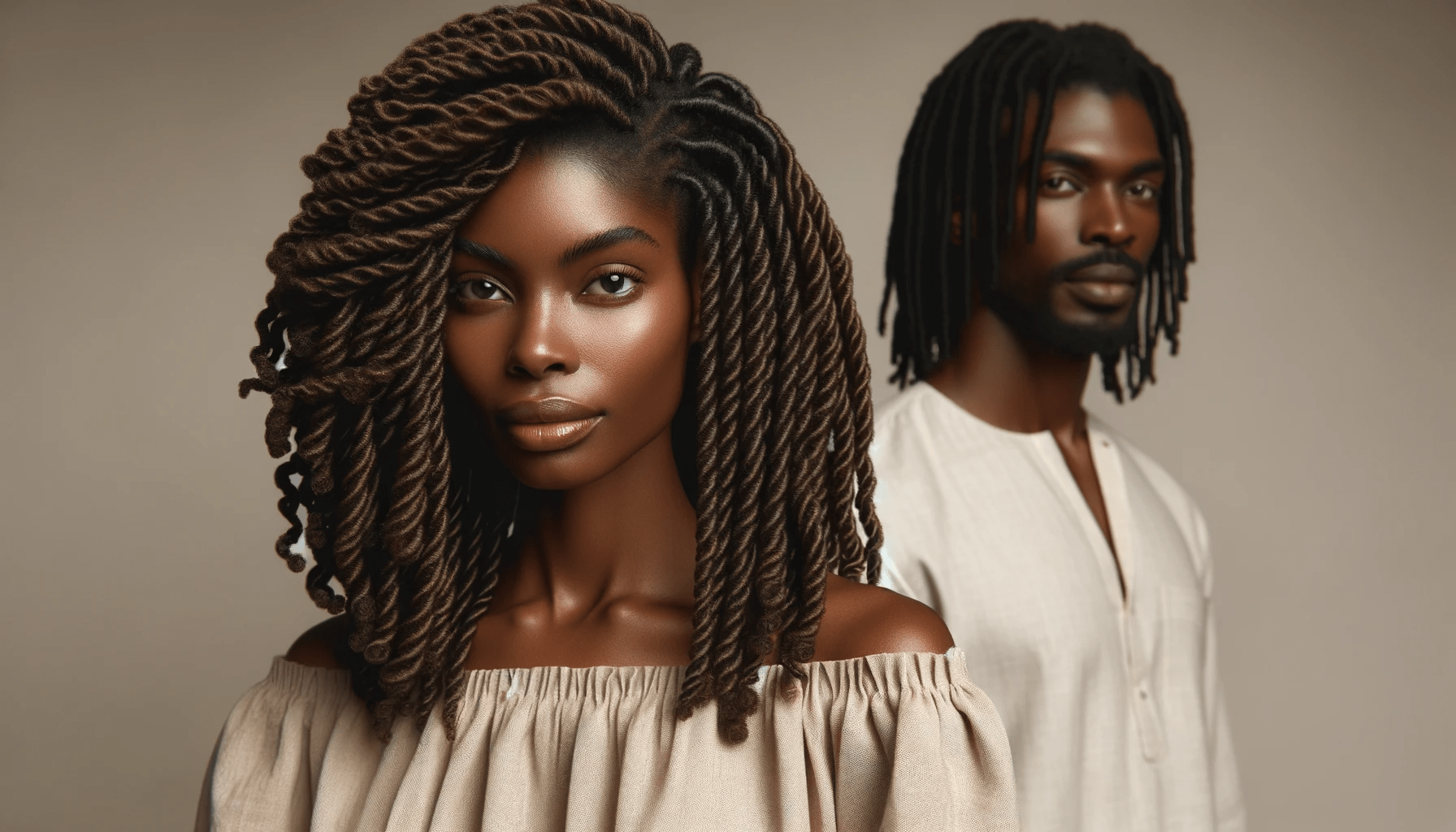Sharing is caring!
Dreads and twists are both popular hairstyles that have deep cultural and historical roots.
While they may look somewhat similar to those unfamiliar with them, they’re actually quite different in terms of their creation, maintenance, and overall aesthetic.
This article will explore these differences, helping to shed light on what sets these two hairstyles apart.
Dreads have been worn for centuries, tracing back to various cultures across the globe. Twists, on the other hand, have a strong history in African culture, becoming a symbol of creativity and versatility.
Both hairstyles are more than just a fashion statement; they’re a form of self-expression.
However, it’s crucial to know that while these styles are beautiful and rich in history, they also require proper care and attention.
Understanding the key differences between dreads and twists is the first step in deciding which style might be the best fit for your hair and lifestyle.
Creation and Installation
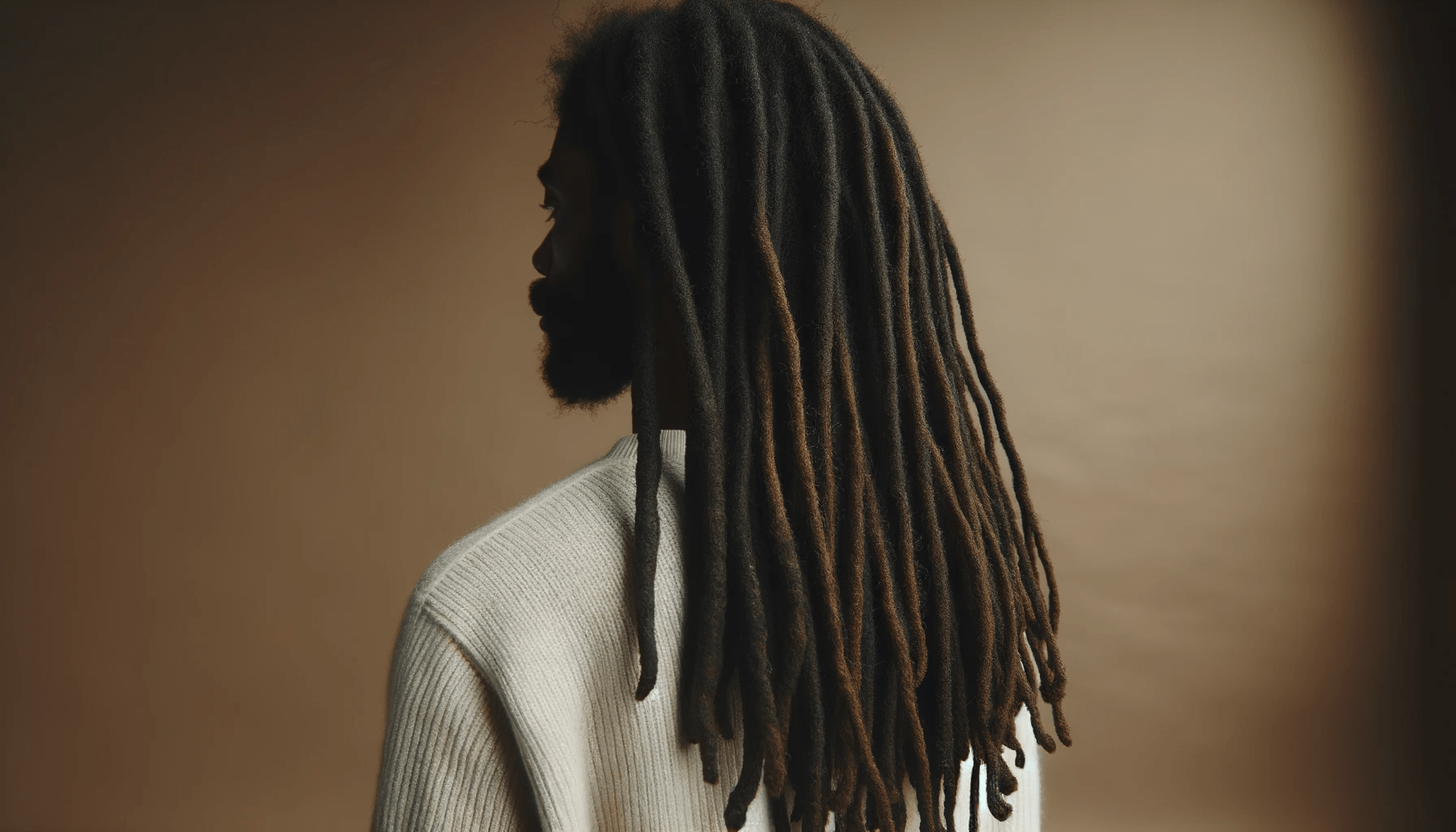
Creating dreads involves a process of matting the hair, which can be achieved through various methods such as backcombing, twisting, and palm rolling.
The goal is to create tight, rope-like strands. It’s a commitment, as dreads take time to mature and require patience throughout the journey.
Twists, conversely, are much quicker to create. This style is achieved by taking two sections of hair and wrapping them around each other.
Depending on your hair type and the size of the twists, this can be a relatively quick process. Twists are also a more temporary style compared to dreads.
Dreads are often seen as a more permanent change to your hair, and deciding to undread your hair can be a lengthy and delicate process.
Twists, however, are more flexible. You can easily undo and redo them, giving you the opportunity to switch up your style as you please.
The installation process also differs. Dreads may require a professional’s touch, especially for beginners, to ensure they are done correctly.
Twists can be more DIY-friendly, with plenty of tutorials available for those wanting to try it at home.
[Also Read: Can a Beard Make You Look Fat? 7 Things to Consider]
Maintenance and Care
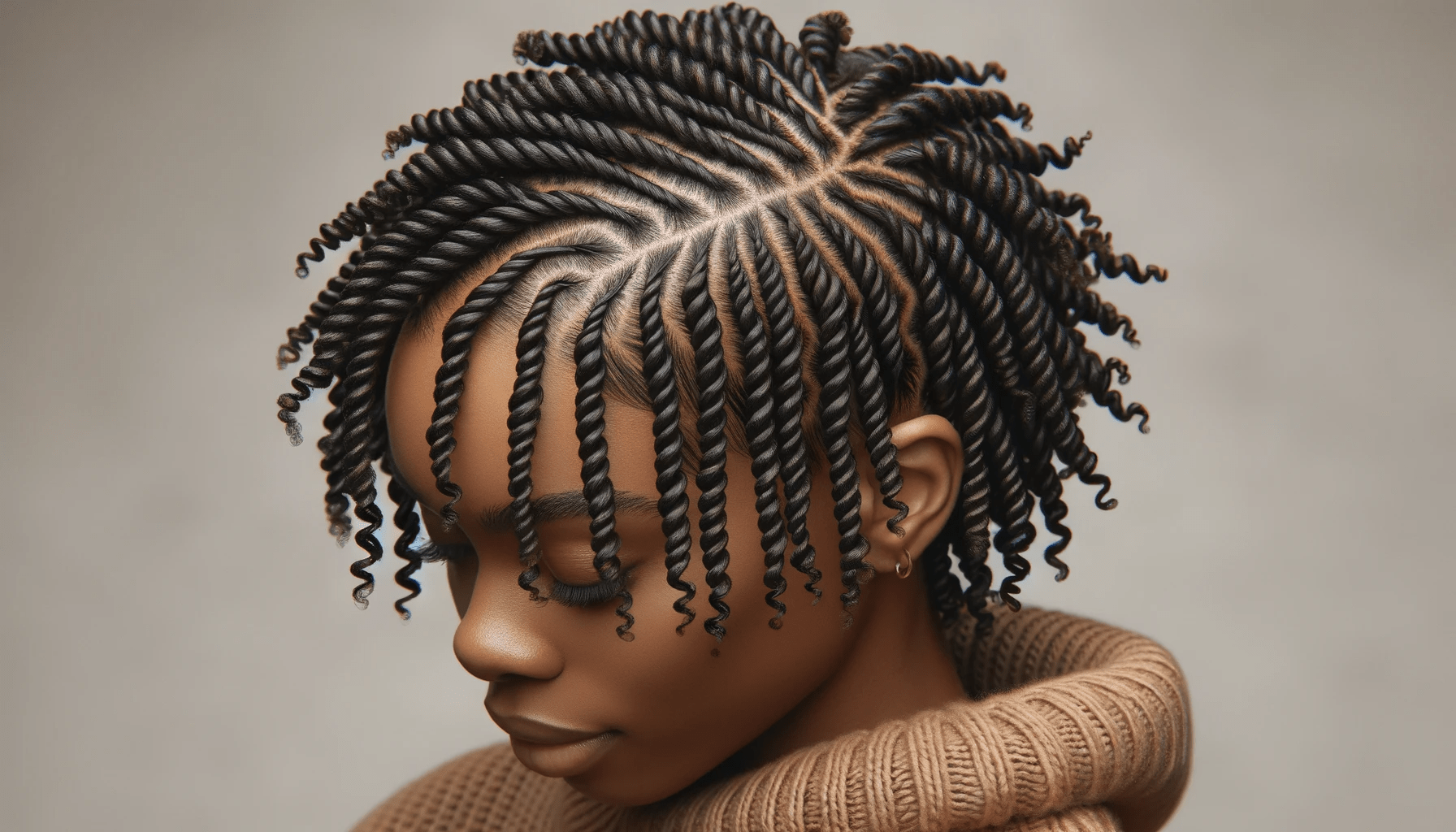
Maintaining dreads involves regular washing, separating, and palm rolling to ensure they stay clean and neat.
It’s a misconception that dreads are low-maintenance. In reality, they require consistent care to keep them looking their best.
Twists, however, tend to be easier to maintain. Regular washing and moisturizing are key, but they don’t require the same level of attention as dreads.
You can refresh your twists relatively quickly, making them a more manageable option for those not wanting to spend too much time on maintenance.
Dreads can be prone to buildup if not washed properly, which can lead to a host of issues. It’s important to use residue-free shampoos and to ensure your dreads are completely dry after washing.
Twists are less prone to these issues, but they still require proper cleansing and moisturizing to stay in top shape.
It’s crucial for both styles that you keep your scalp healthy. Regular oil treatments and massages can promote a healthy scalp, which also promotes healthy hair. Both hairstyles thrive when given the proper care.
Aesthetic and Versatility
Dreads offer a unique aesthetic. They’re bold and make a statement, and as they mature, they become more and more distinctive.
Dreads can also vary in size, from thin pencil-sized dreads to thicker, chunkier ones.
Twists offer a different kind of versatility. You can create different patterns and styles with twists, making them a favorite for those who like to switch up their look regularly.
From chunky twists to smaller, more intricate ones, there are plenty of options to choose from.
Dreads can also be styled in various ways, but they offer a different type of versatility compared to twists.
You can let them hang loose, tie them up, or even create intricate updos. However, the matting of the hair does limit some styling options.
Twists, on the other hand, are known for their flexibility.
You can easily take them out and restyle as needed, providing a range of styling options without a long-term commitment. This makes them a great option for those who like to experiment with their look.
[Interesting: The 6 Easiest Ways to Instantly Improve Your Appearance]
Cultural Significance and Misconceptions
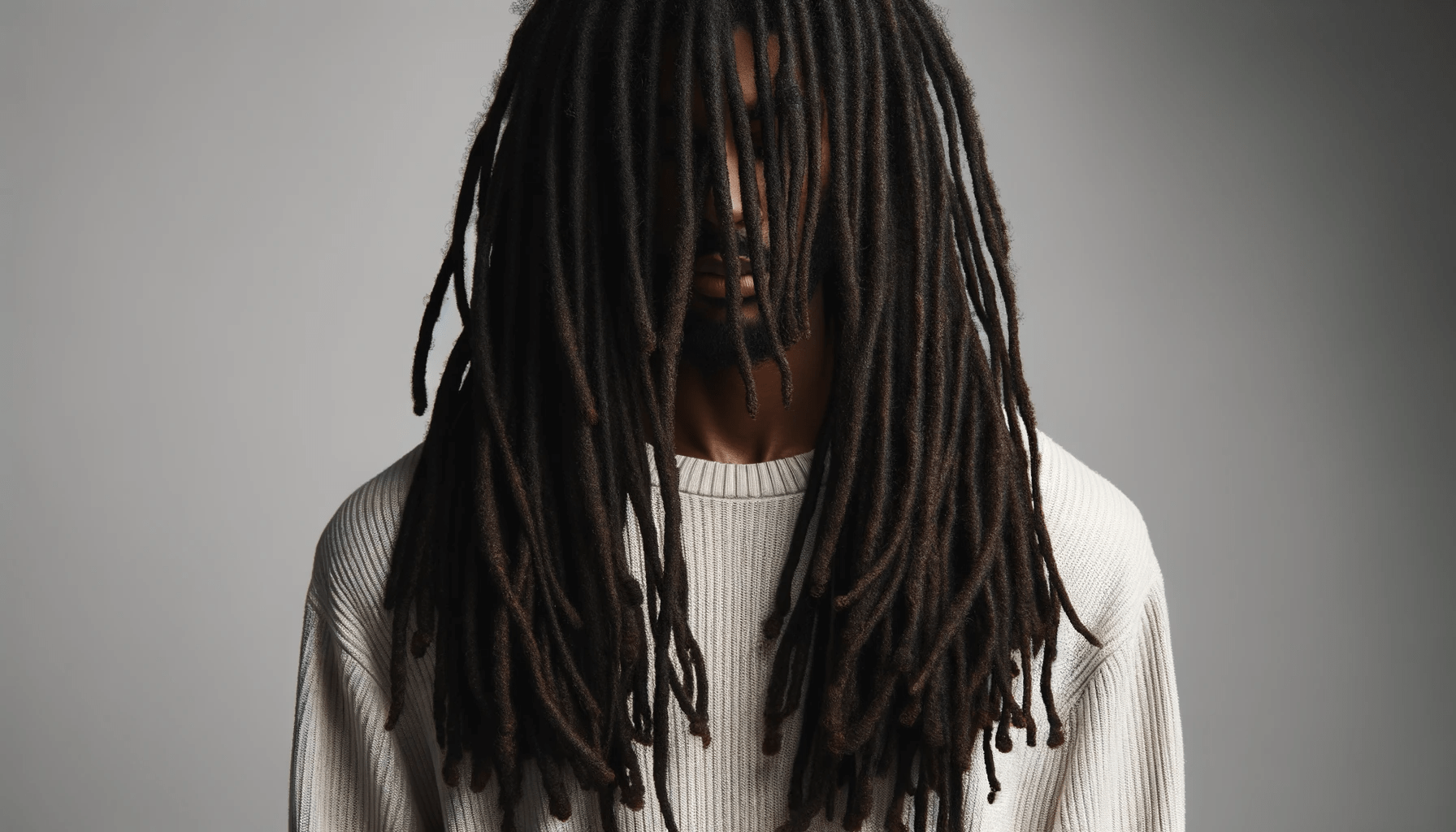
Both dreads and twists have deep cultural roots. Dreads have been worn by various cultures throughout history, from Ancient Egypt to India, symbolizing everything from religious devotion to political statements.
Twists also have a strong connection to African culture, showcasing the beauty and versatility of natural hair.
Despite their rich histories, both styles have faced misconceptions and stereotypes. It’s important to approach these hairstyles with respect and an understanding of their cultural significance.
Misconceptions about cleanliness and professionalism have long plagued these styles, and it’s crucial to challenge these stereotypes.
Embracing these hairstyles means also embracing and respecting the cultures from which they originate.
Conclusion
While dreads and twists might appear similar at first glance, they are actually quite different in terms of creation, maintenance, aesthetic, and cultural significance.
Both styles offer a unique form of self-expression and have deep historical roots.
By understanding these differences, we can better appreciate the beauty and significance of each hairstyle, breaking down stereotypes and embracing the diversity of hair expression.
FAQs
Do Twists Become Dreads?
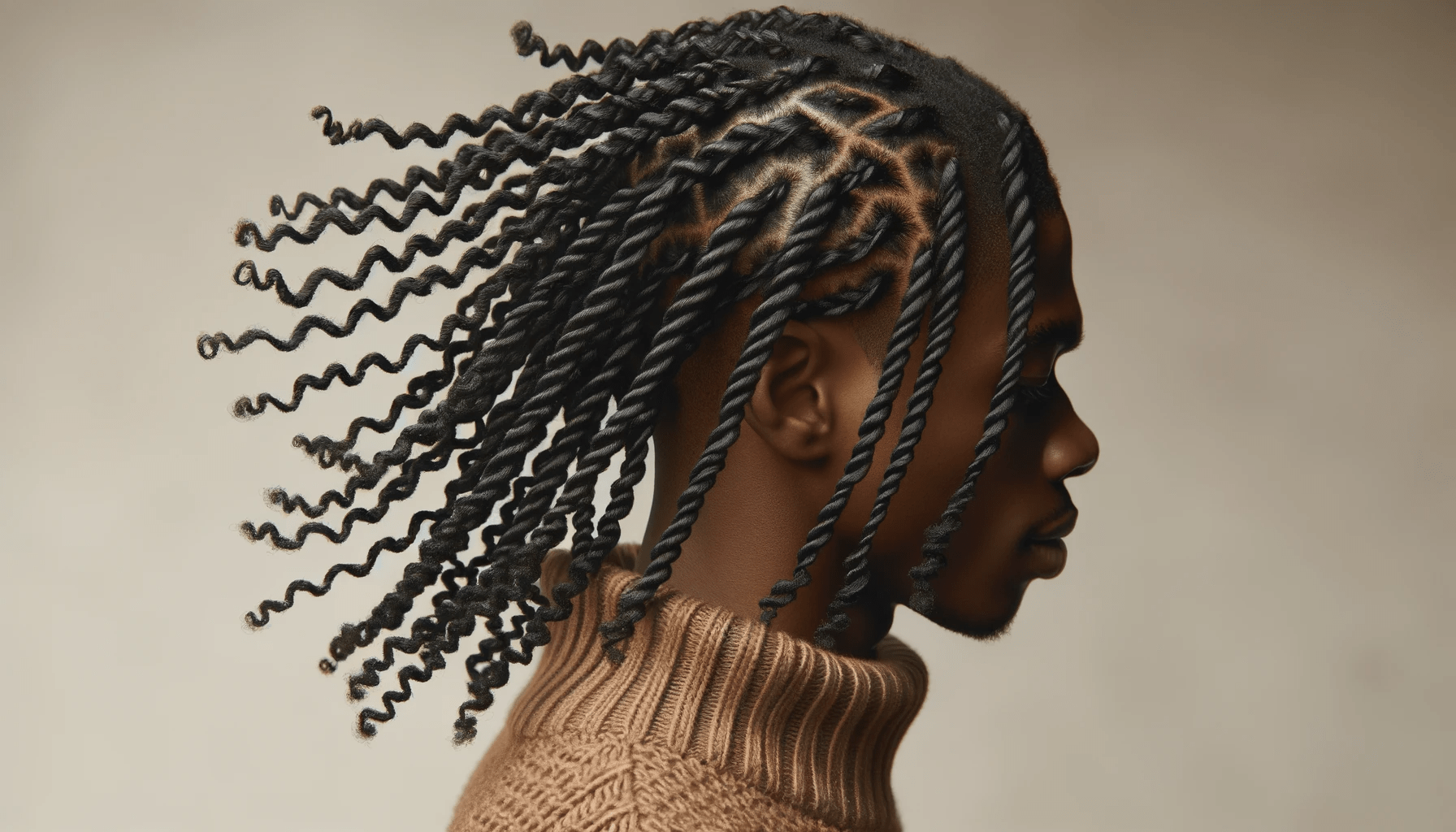
Twists can turn into dreads over time if you don’t untangle or comb them out. When you leave twists in your hair for a long period, the hair starts to mat and lock together, which is how dreads form.
This process takes time though, and not everyone’s hair will react the same way.
However, if you want to keep your twists and not have them turn into dreads, it’s important to maintain them properly.
This means you should regularly retwist them and keep your hair clean and well-moisturized.
With proper care, twists can remain as a temporary hairstyle and won’t necessarily turn into dreads.
[Related: How to Find Your Personal Style Aesthetic]
Do Dreads Grow Faster Than Twists?
It might seem like dreads grow faster than twists because dreads are more compact and the hair is all locked together.
In reality, hair growth depends on many factors like genetics, age, and health. The hairstyle itself, whether it’s dreads or twists, doesn’t determine how fast your hair grows.
But, it’s worth noting that with dreads, you might not notice hair shedding as much as you would with twists.
When hair sheds with twists, it falls out, and you see it. In dreads, shed hair gets locked into the dread, so it might seem like your hair is growing faster when in fact, it’s just the normal rate of growth.
Are Dreads Braided or Twisted?
Dreads are not braided; they are formed by matting the hair together. There are different methods to start dreads, such as backcombing, twist and rip, and neglect, but braiding isn’t one of them.
The goal with dreads is to create tightly matted ropes of hair, and braiding doesn’t achieve this look.
However, you can start dreads with a method that involves twisting small sections of hair.
This is different from braiding because you’re not weaving strands of hair together. Instead, you’re encouraging the hair to mat and lock together to form a dread.
Are Twists Permanent?
Twists are not a permanent hairstyle. You can keep them in for a while, but eventually, you’ll need to take them out and redo them, especially as your hair grows.
They are a great temporary style that can last a few weeks with proper care.
When you’re ready to take them out, it’s usually a straightforward process, especially if you’ve maintained them well.
Unlike dreads, which can be a more permanent and long-term commitment, twists offer flexibility and the option to change up your hairstyle more frequently.
Can Dreads Start as Braids?
Yes, you can start dreads with braids as a base. This method involves braiding small sections of your hair and then allowing them to naturally transition into dreads over time.
The braids give the dreads a structured start, but the hair will still need to go through the matting process to fully form the dreads.
Starting dreads with braids can be a good option for those who want a bit more control over the size and sectioning of their dreads.
However, this method still requires patience and proper maintenance to ensure the hair properly locks and matures into dreads.
Sharing is caring!
